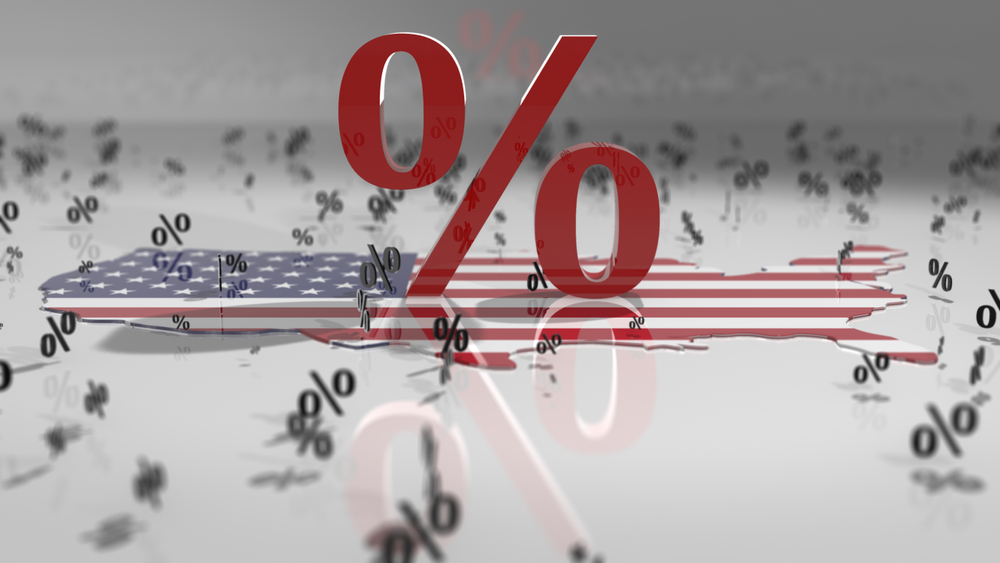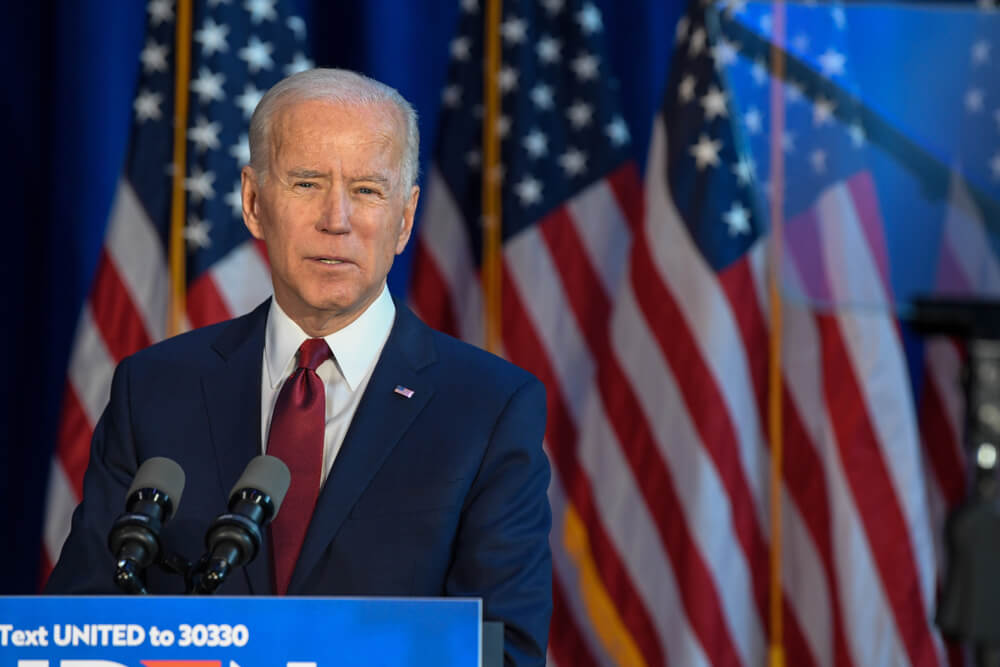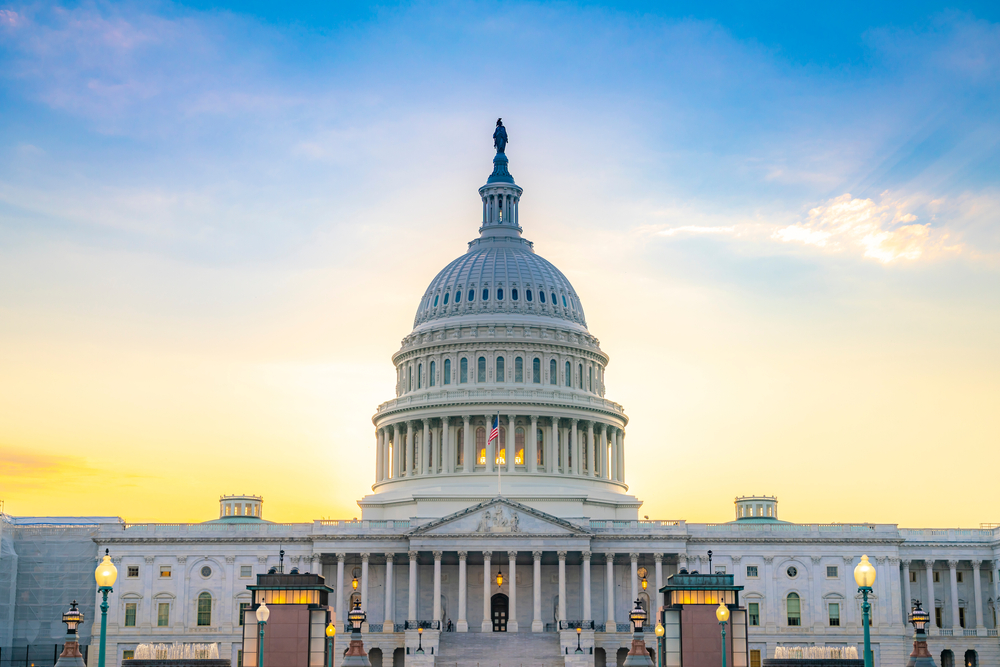The pace of U.S. economic growth in Q2 was probably the second fastest in 38 years. This could be attributed to the massive fiscal stimulus and COVID-19 vaccinations fuelling the spending on services that were related to travel.
The surge in COVID-19 Delta variant infections, higher inflation, and supply chain disruptions could further slow the economy. Markets are awaiting the release of GDP Q2 on Thursday at 8:30 a.m EDT (1230 GMT).
On Wednesday, the Federal Reserve’s overnight benchmark interest rate remained near zero. Its bond-buying program also remained the same. Fed Chair Jerome Powell said the risks to the outlook remain, despite the diminishing economic effects of the pandemic.
The U.S. Gross Domestic Product
The markets’ GDP expectation in Q1 would push the level of GDP past its highest in Q4 of 2019. According to a survey of economists, the economy likely grew by 8.5% (annualized rate) last quarter, which would be the second-fastest GDP growth pace since the second quarter of 1983. Although subject to revision, the economy grew at a 6.4% rate in Q1.
With the Q2 forecast, revisions to the GDP data will be out.
On Tuesday, the International Monetary Fund (IMF) boosted its U.S. growth forecasts to 7.0% in 2021 and 4.9% in 2022. For 2021, that is 0.6 percentage points higher than forecast in April. For 2022, that is 1.4 percentage points higher than April’s estimate.
Sam Bullard, a senior economist at Wells Fargo (NYSE:WFC) in Charlotte, North Carolina said that consumers have plenty of income and wealth ammunition to support consumer spending, while business inventories remain lean and restocking efforts are poised to support business investment and overall GDP growth substantially in the second half of the year.
Meanwhile, the U.S now shows stronger consumer spending. Nearly half of its population has already had COVID-19 vaccinations. The people are now able to resume activities previously curbed as a measure to contain the pandemic.
Moreover, the pickup services also likely strengthened consumer spending in the second quarter. In that segment, analysts estimate double-digit growth, which accounts for more than two-thirds of the U.S. economy. Albeit, the pace likely slowed earlier in the pandemic during the lockdown implemantation.
Consumer spending is expected to continue to grow even as fiscal boost is decreasing and COVID-19 cases are rising in states with lower vaccination rates.













